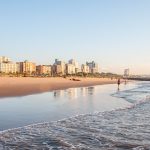Standing the Test of Time:
Zambia’s Historical Sites
With the sun shining and temperatures rising, it’s clear that summer has begun in Zambia, setting the stage for exciting adventures. This country is full of contrasts, making it the perfect destination for wildlife enthusiasts and thrill-seekers alike. But don’t forget the abundance of heritage tourism sites waiting to be explored. As you travel throughout the country, whether for pleasure or work, keep an eye out for these historical landmarks – you might be surprised at how close they are to you.
I have a lot of experience with long road trips, but this particular journey promised to be unlike any other. Suppose, like me, you’re embarking on a trek from the southernmost point of the country all the way up to the northernmost tip (with some interesting detours along the way). In that case, I highly recommend starting in Livingstone – Zambia’s renowned tourism capital.
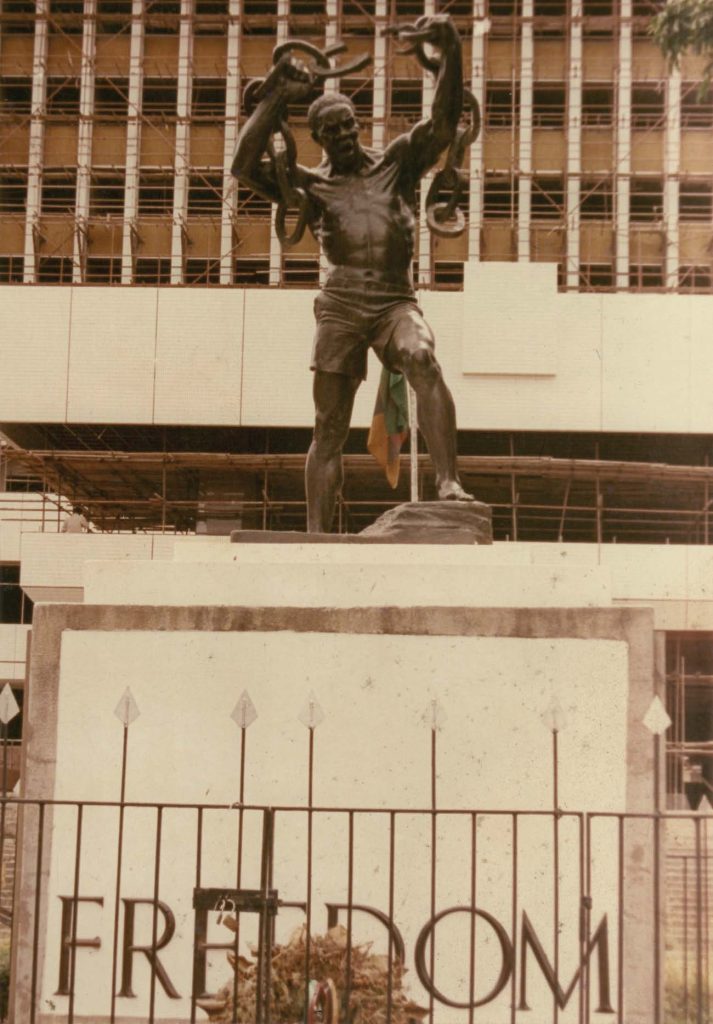
When in Livingstone, stop by the Livingstone Railway Museum to see the various trains and passenger cabins used by Rhodesia Railway (RR) and Zambezi Sawmills Railway (ZSR) in Zambia’s early industrial years. The museum showcases the locomotives used to transport people and timber, from different parts of the country to other regions beyond Rhodesia’s borders.
During my visit, my knowledgeable guide excitedly informed me of the history of the railway operation in this region and provided insight into Cecil J Rhodes’ dream of a Cape to Cairo railway. He guided me to the site of the oldest locomotive in Zambia, No. 955, which was built in the late 1800s and acquired by the Zambezi Sawmills Railway in 1966. I left the museum brimming with knowledge, and I highly recommend the stop when in Livingstone.
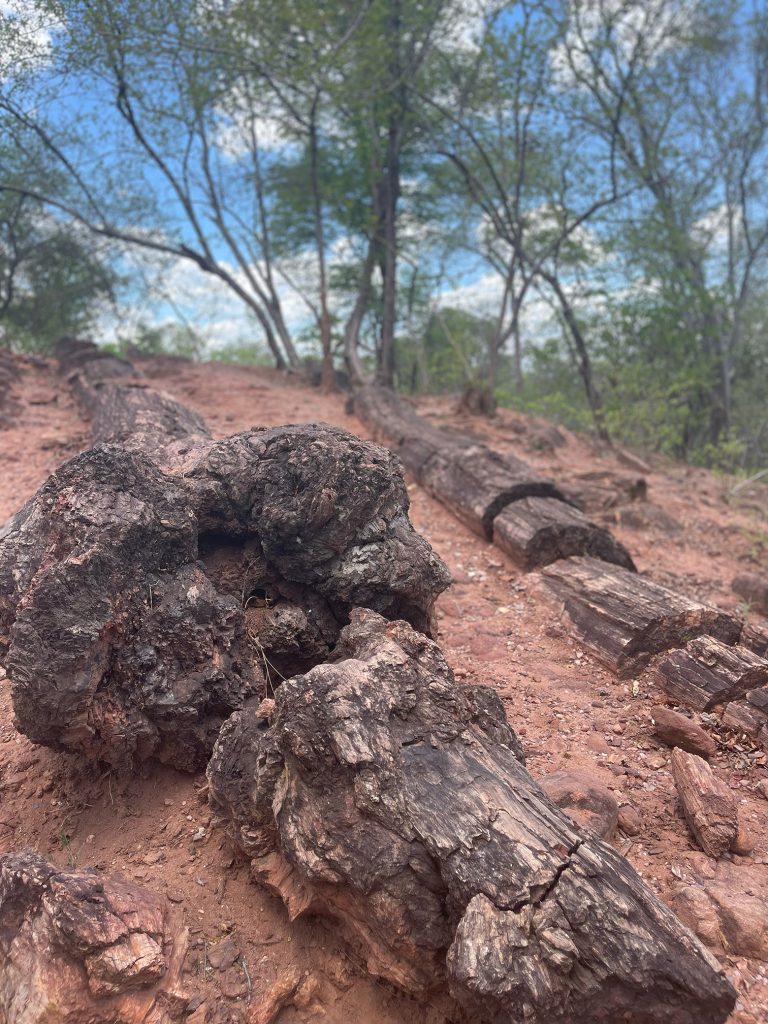
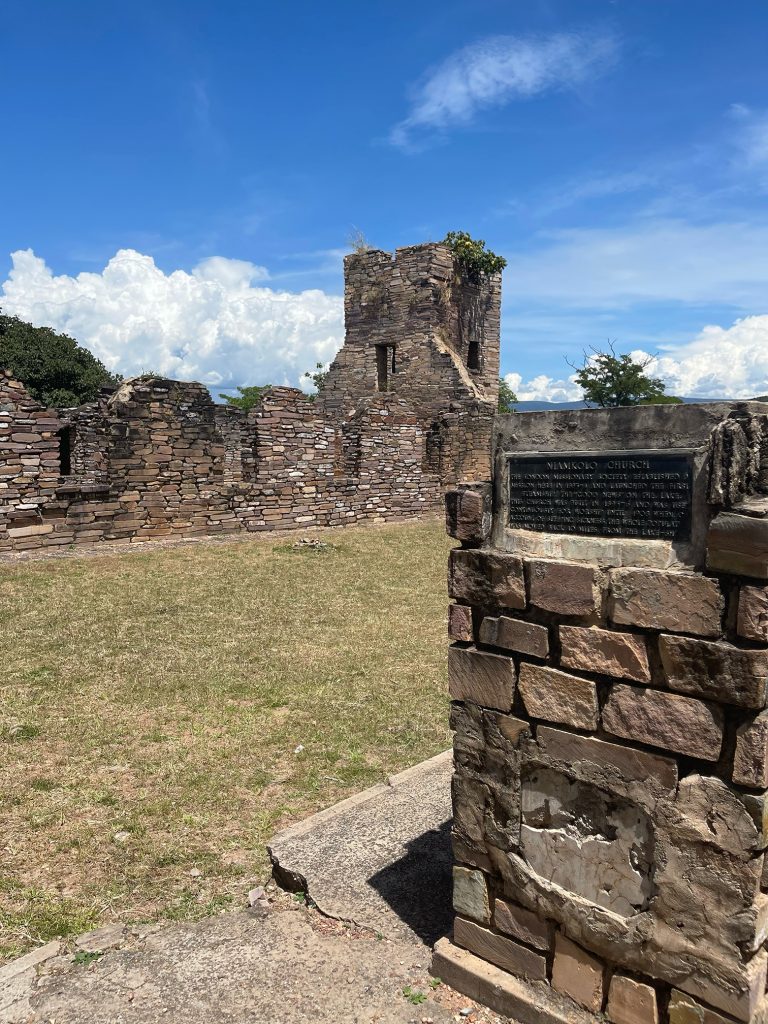
As you head to Lusaka from Livingstone, consider taking a detour at the Chikankata turnoff and visit the Chirundu Fossil Forest located within the Zambezi Valley of the Lusaka province, a short distance from the Siavonga turnoff along the road to Chirundu, one of Zambia and Zimbabwe’s mutual border towns.
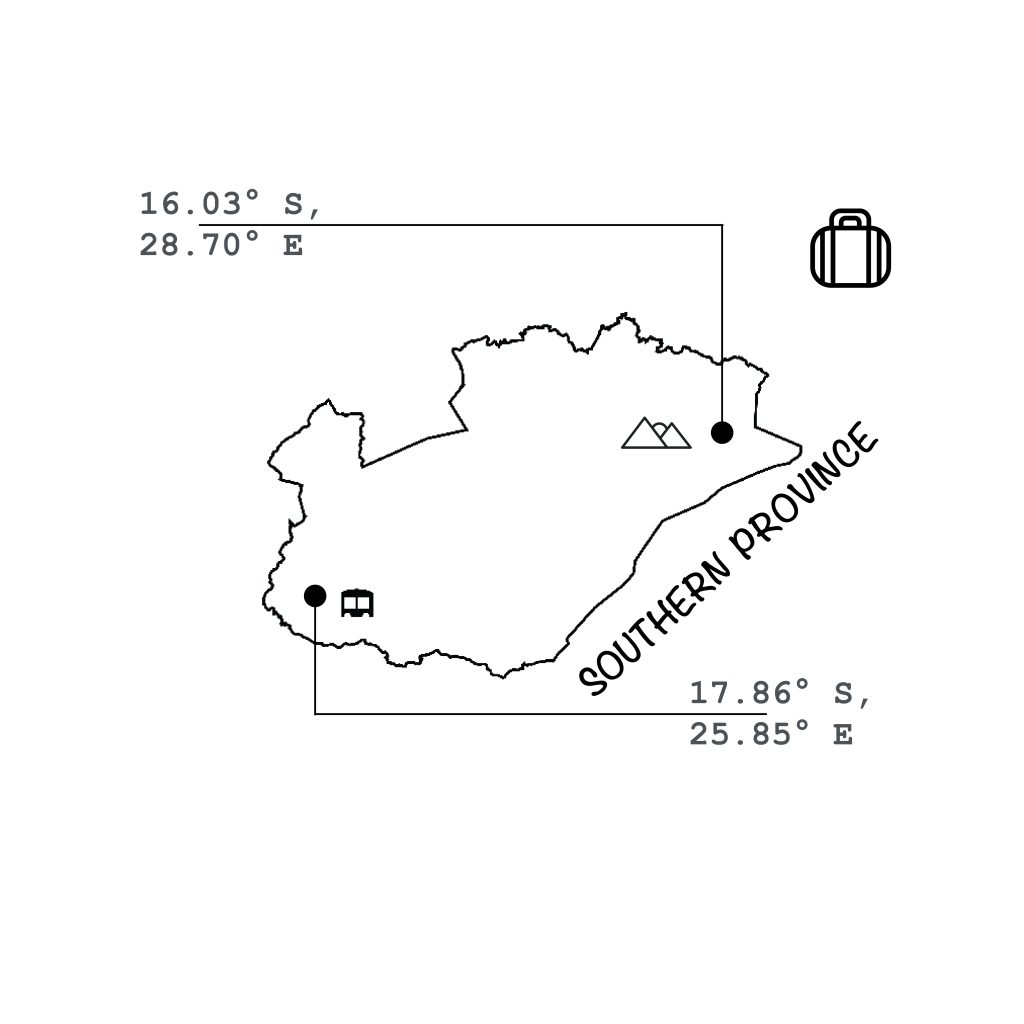
With a history dating back 150 million years, the fossil forest is an extraordinary paleontological treasure. It hosts a remarkable collection of fossilised coniferous trees, which, over time, transformed into stone. The fossils are scattered on either side of the road, accessible via unmarked footpaths, a five to ten-minute stroll from the road. Keep an eye out for the monument site marker along the road, for the kind locals often come to the aid of curious visitors lingering nearby. Their assistance proved invaluable as they guided us to these extraordinary sites, where I marvelled at the tree remnants, now seamlessly integrated into the stony landscape.

The drive back to Lusaka is dotted with captivating vistas and noteworthy landmarks. Amidst these well-known sights, there exists a gem so deeply woven into the city’s essence that it quietly blends into the background. One such landmark is Freedom House, located within the central business district of Lusaka at the corner of Freedom Way and Chiparamba Road. Largely concealed by retail shops and posters, one could easily overlook the historical significance of this unassuming location. Yet, it holds great importance as the former headquarters of the United National Independence Party (UNIP) during the campaign for Zambia’s freedom.
It also served as a crucial base for the freedom fighters and activists who passionately advocated for the independence of other Southern African countries. Today, the exterior of the building still bears the branding of UNIP, as the party still has a presence in this building.
Take a short drive from Freedom House to Lusaka’s Kamwala area to visit the Freedom Statue before the Government Complex. It was erected in 1974 and unveiled during Zambia’s 10th independence anniversary. The monument immortalises the defiance and strength of Zanco Mpundu Mutembo, who was arrested and held in chains for protesting during the height of the struggle. Zanco was ordered to break free from his chains or be shot, and in that defining moment, he mustered all his strength and broke free of his shackles.
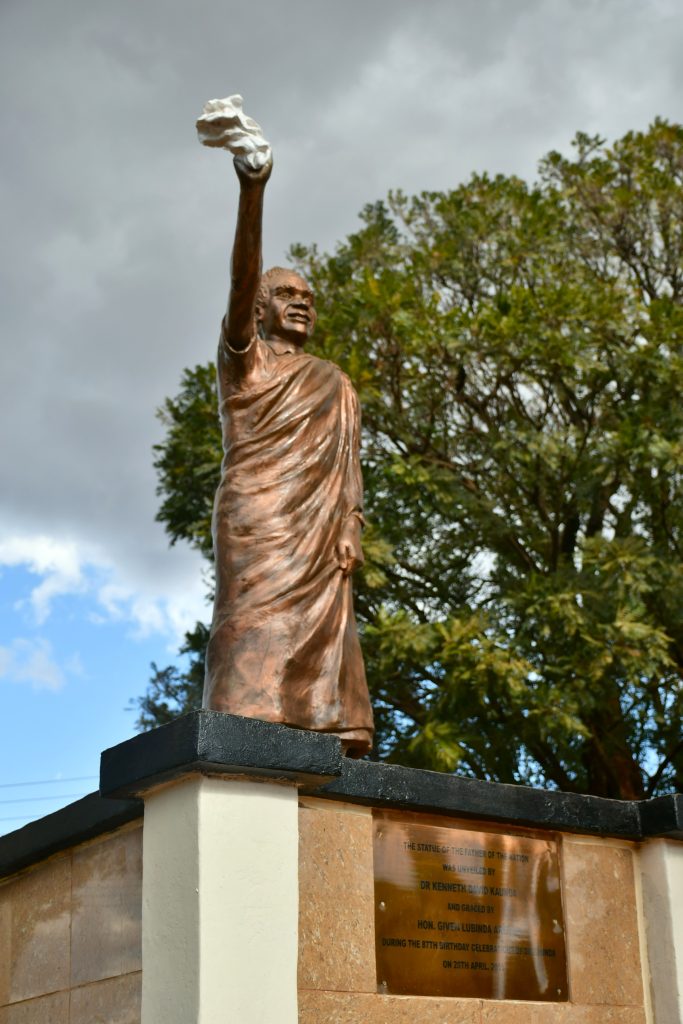
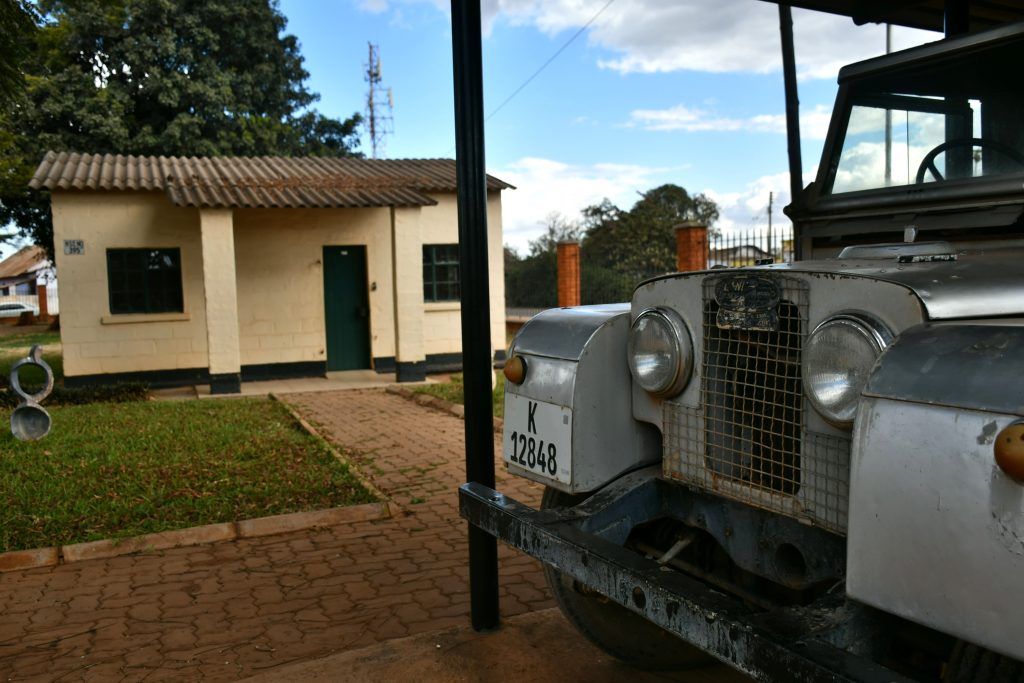
This single feat of strength has been etched into Zambia’s history and is depicted on all its national currency notes. While the statue is the monument’s highlight, the base of the statue contains several art installations which depict moments of protest, leaders at Chisokone market, and jubilation of the people. The heritage site is the focal point of Zambia’s independence celebrations on October 24th and Africa Day, which falls on May 25th, and you can access it for free year-round.

It would be a glaring oversight to mention the Freedom House without mentioning Dr Kenneth Kaunda, the country’s founding father. Nestled in the heart of Chilenje, lies House 394. While the entire area of Chilenje was home to several freedom financers and freedom fighters, House 394 is where Dr Kenneth Kaunda lived from January 1960 to December 1962 and served as a base for directing the collective efforts towards Zambia’s independence.
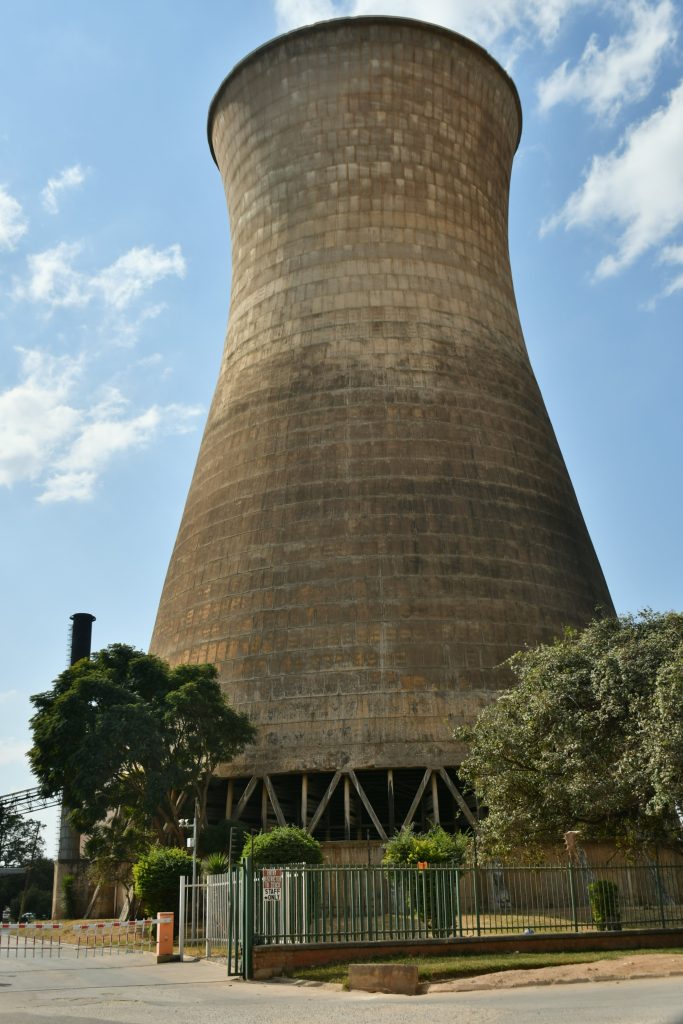
The museum site was commissioned as a national monument on the advent of Zambia’s fourth independence anniversary in 1968, and in 2011 a copper statue of Dr Kaunda was unveiled to commemorate his 87th birthday. The museum-cum-monument beautifully depicts the family life of Dr Kaunda, showcasing original furniture and personal effects of the Kaunda family.
One particularly noteworthy item among these personal effects is the Land Rover vehicle gifted to Dr Kaunda during the struggle, by a missionary named Marvin Temple. As you step into the courtyard on the premises, this iconic vehicle immediately catches your eye. This site is accessible most days of the week for a meagre entry fee, so a visit here is a no-brainer.
As you gallivant around the capital, consider a short stop to see the cooling tower that has graced Lusaka’s skyline since the 1930s. The structure is a remnant of the thermal power plant established to provide coal-fired electricity to the then-growing city of Lusaka. Situated conveniently near the railway line, the plant received a steady flow of raw materials essential for generating electricity, thus playing a vital role in the city’s industrialisation.
While the plant’s operations were decommissioned in the 1970s, the cooling tower has remained one of Zambia’s historical landmarks and is worth learning about. Although the cooling tower is no longer accessible to visitors, you can get a close-up view from the Levy Shopping Mall.
Traverse north, exploring Zambia’s numerous waterfalls along the way as you venture toward the apex of the Northern Province to dip in the crystal blue waters of Lake Tanganyika. While there, take a leisurely stroll around Zambia’s oldest surviving stone church. The Niamkolo Church was built by missionaries who journeyed to present day Mpulungu. Initially used by the missionaries as a place of worship until 1908, it was abandoned when they moved the mission post inland to avoid the sleeping sickness carried by tsetse flies near Lake Tanganyika.
Though the church now stands in ruins, the remnants still evoke a sense of wonder as it has withstood the test of time for over 120 years. While visitors cannot access the central part of the church, the exterior view provides a gratifying glimpse into its rich and storied past.
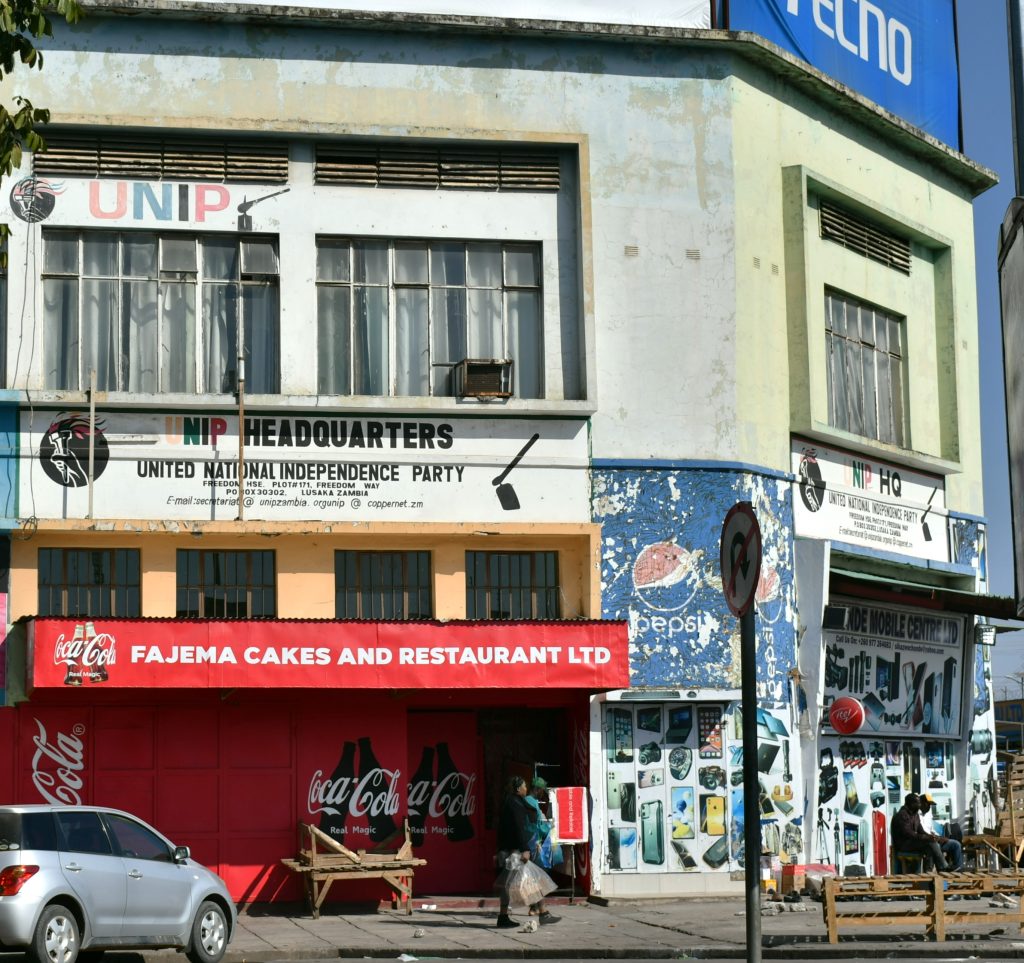
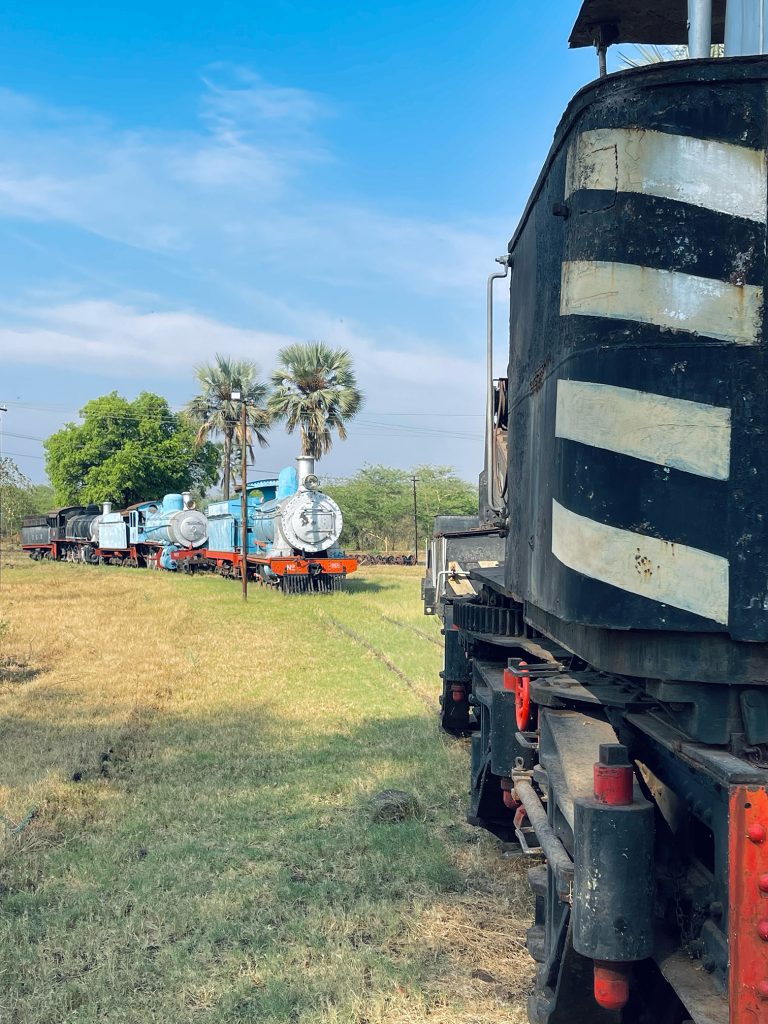
As your journey comes to a close, consider one last detour through the breathtaking South Luangwa National Park before heading back to Lusaka. Head east to visit the ‘Rumpelstiltskin House’ in Lundazi, on the northern end of the province near Malawi.
The fascinating tale of Lundazi Castle Hotel begins between 1948 and 1952 when Mr Errol Button, the British District Commissioner, constructed a rest house. The purpose was to offer accommodation to visitors arriving in the valley and plateau surrounding the present-day town of Lundazi. As the legend goes, Mr Button sketched a rough outline of the building he envisioned on a humble cigarette box. This unique design was inspired by the pointed-arch Norman castles of Scotland, which were the height of fashion in the early 1900s.
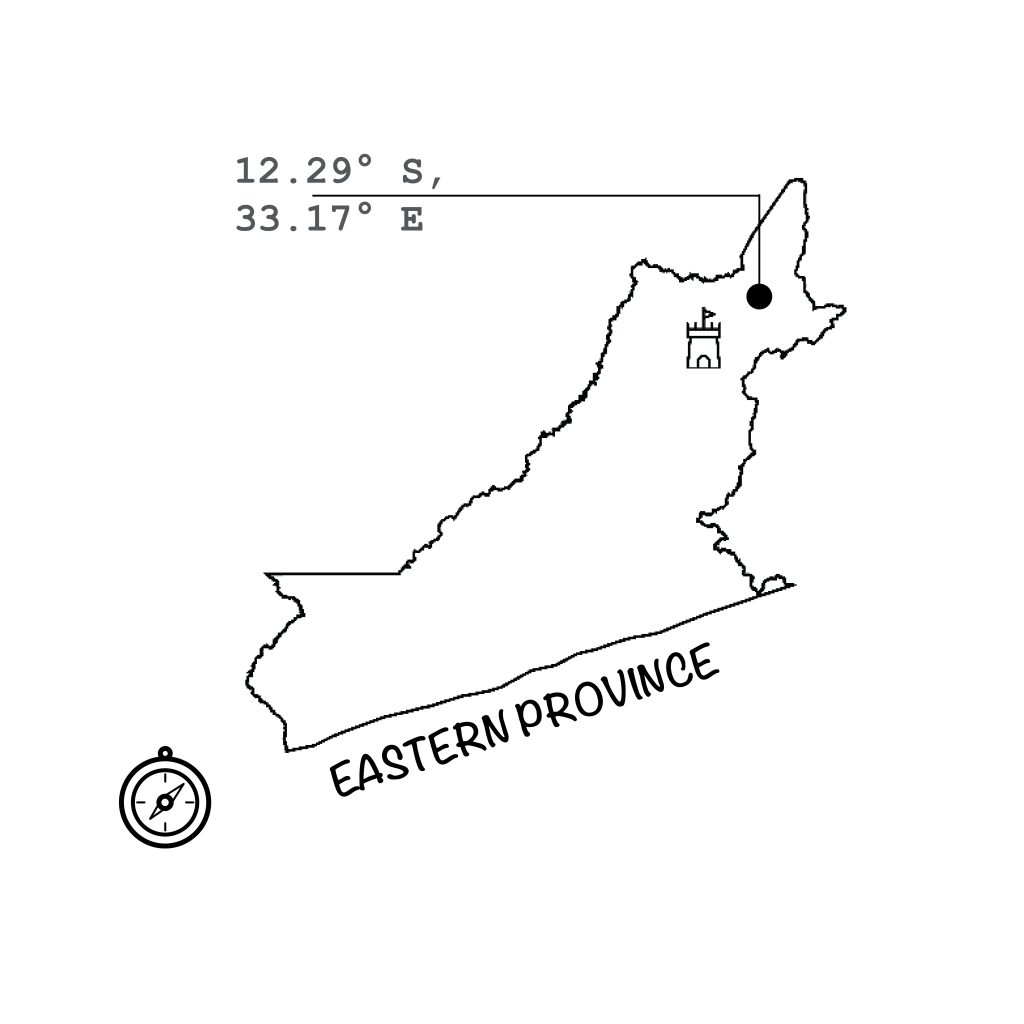
During my visit to the hotel, I had the privilege of exploring the room that once hosted notable figures such as Dr Kenneth Kaunda and Queen Elizabeth during their visits to Lundazi. The room stands as a testament to history, adorned with photographs capturing the presence of these two influential leaders in their respective eras.
Today, while Lundazi Castle Hotel may evoke the aura of a haunted house, it remains fully operational, offering 13 guest rooms to welcome visitors. If you dare to embrace the intrigue, spending a night within its storied walls would undoubtedly make for an unforgettable tale to share.
Countless heritage sites scattered throughout the country provide captivating glimpses into life from bygone decades, stitching together a narrative that illuminates our past and the forces that have shaped us into who we are today. The opportunity to explore these historical treasures awaits, urging you to embark on an enriching journey. So, what are you waiting for? Pack your bags and start planning your trip today. Uncover the untold stories and rediscover the roots that connect us to our collective heritage.


